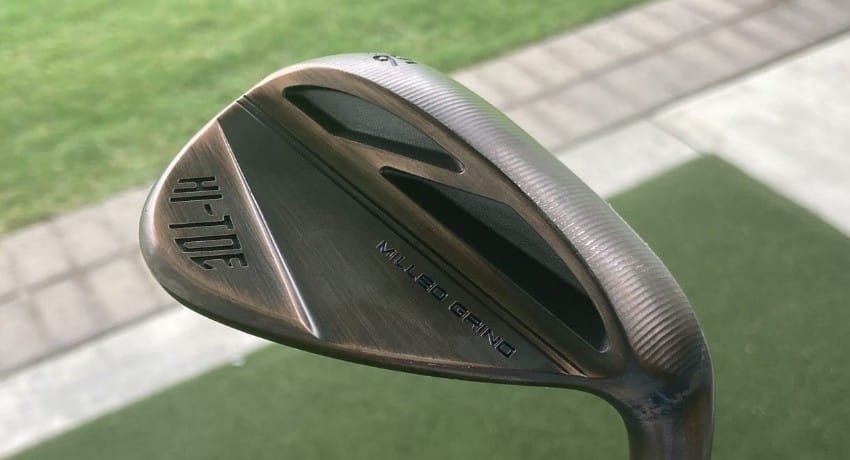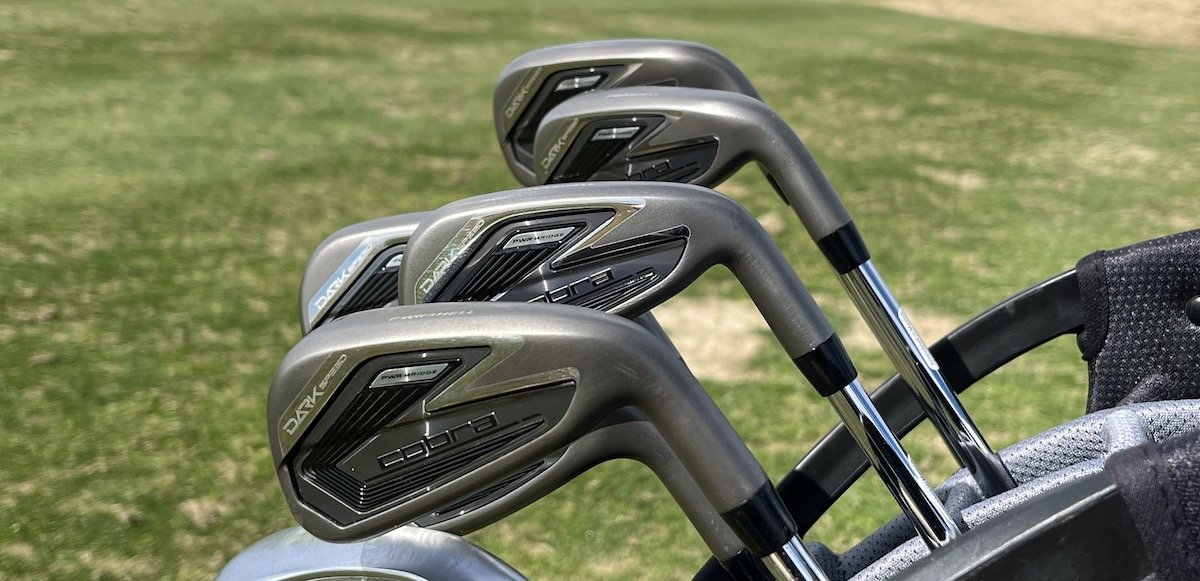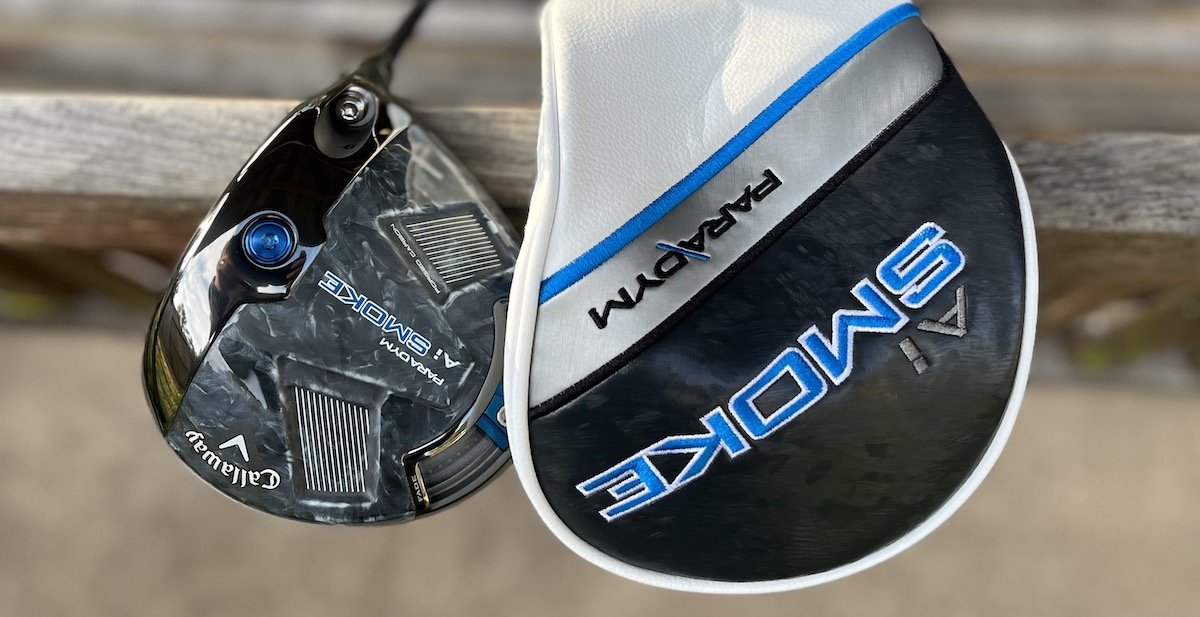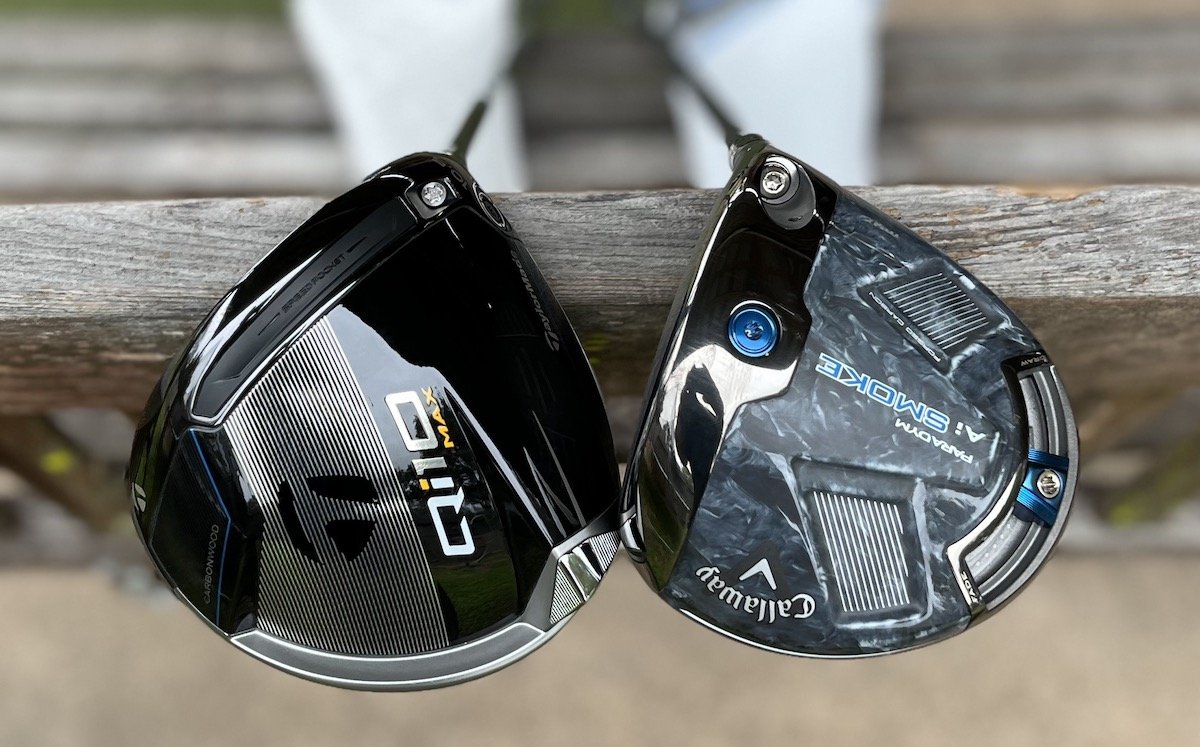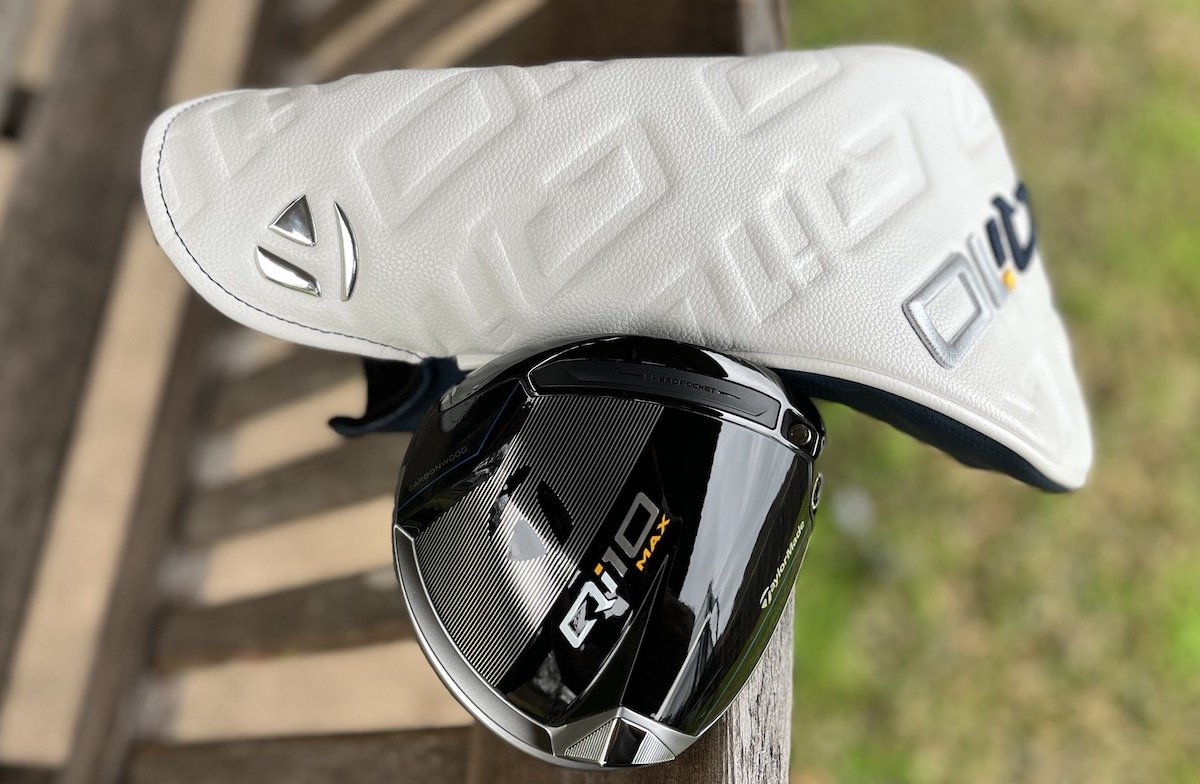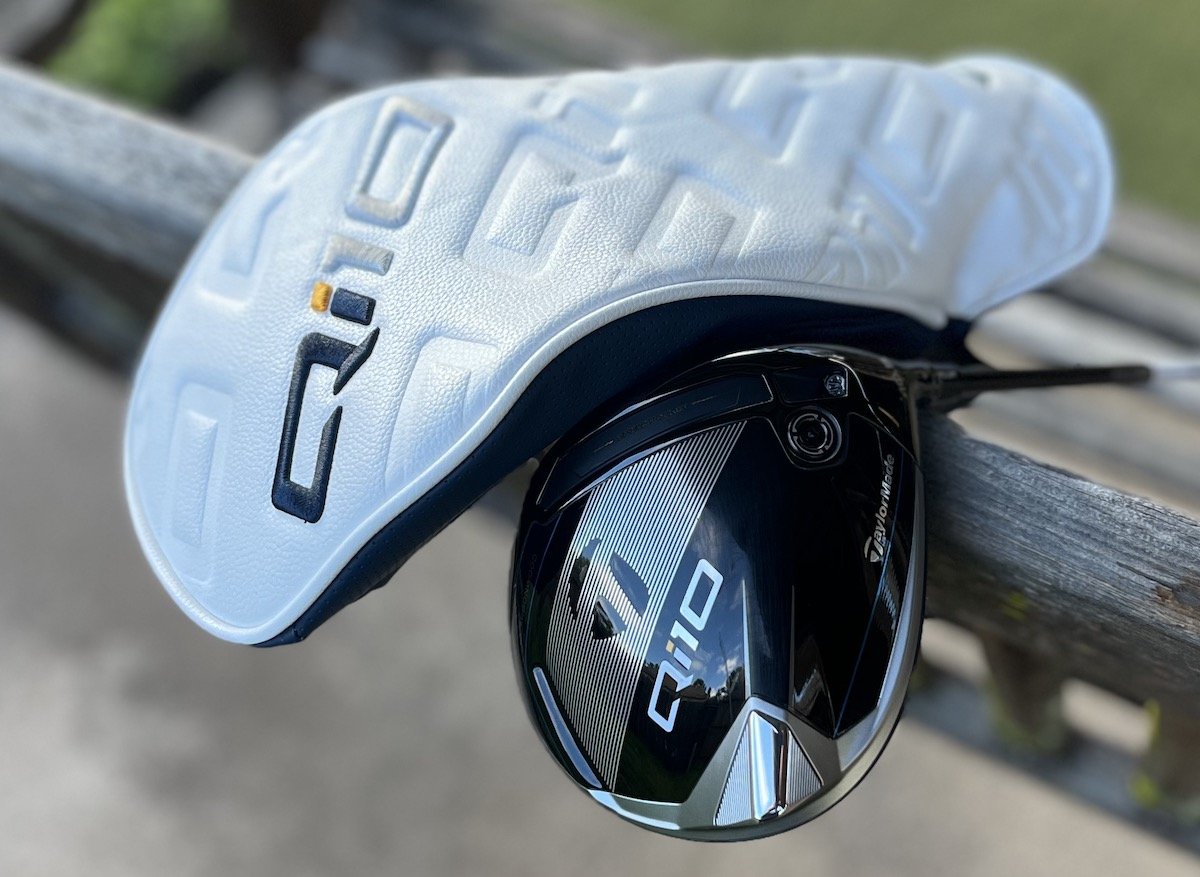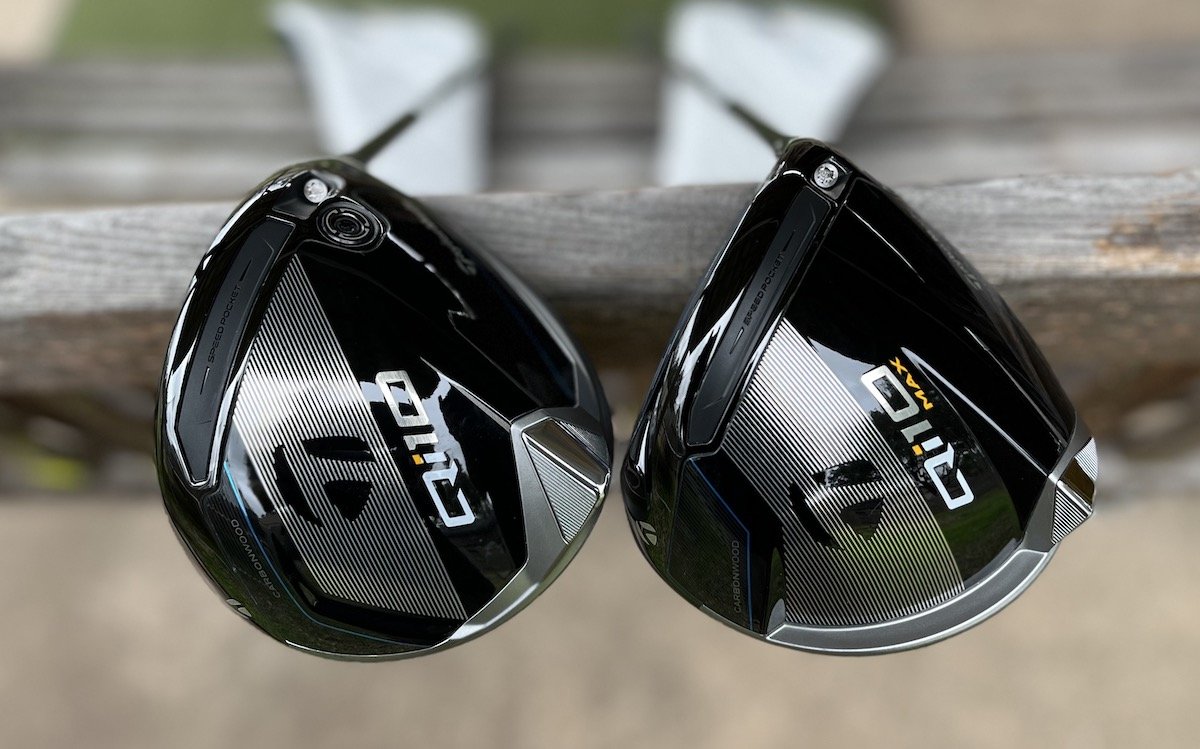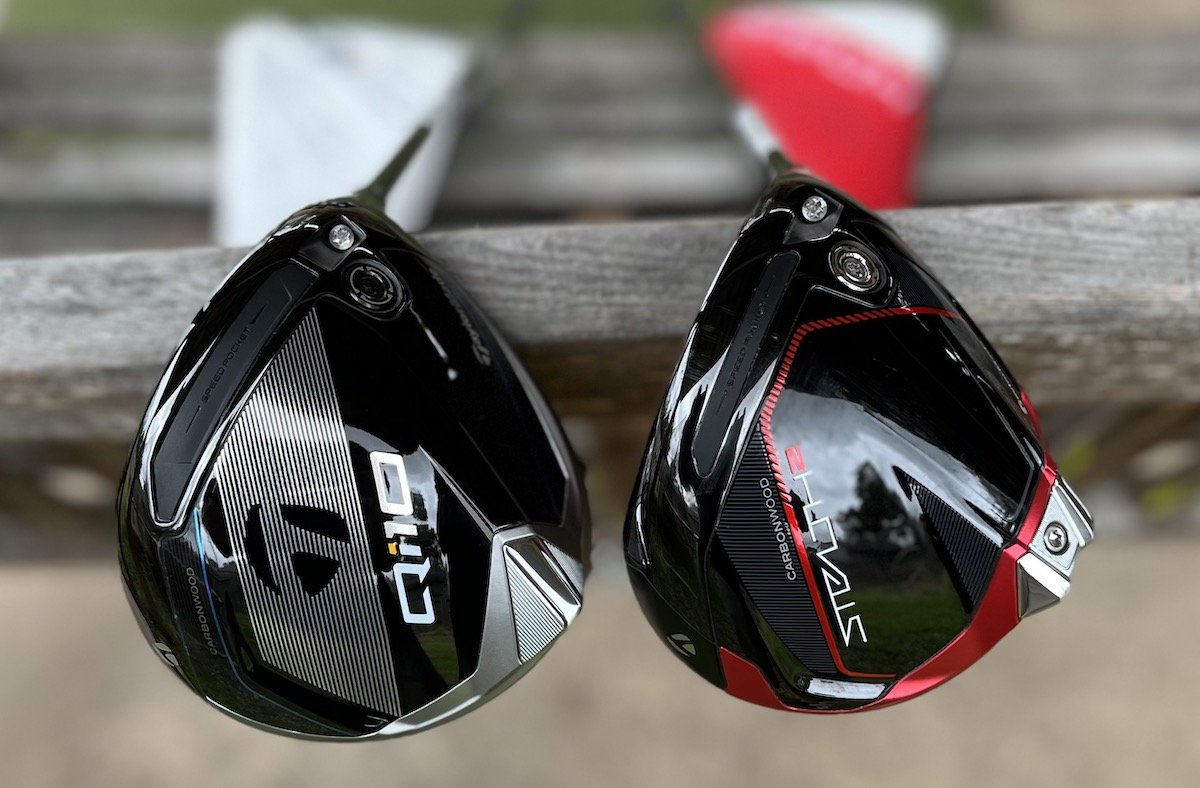You aren’t alone if you are wondering when to use a 56 degree wedge.
Modern irons have stronger lofts than ever. So, most golfers carry more wedges to make up for distance caps.
(Note: 56-degree wedge = sand wedge in this article)
I’m a teaching pro & a scratch golfer who has played golf for 30 years. I’m always looking to improve my game, even if it is a shot or two here and there. I love testing new strategies on and off the course and studying golf swings to see what works.
There are specific situations in golf where you should use your 56 degree wedge. But, most amateur golfers OVERUSE this wedge.
I’ll show you when to use a 56, how you should use it, and how far the ball should go.
What is 56 Degree Wedge Used for, & When Should You Use It?
Golfers use the 56 degree wedge for a wide range of shots: from lofted bunker shots to generating spin on a short pitch from the rough.
A 56-degree wedge can be used for these shots on the course:
- 70+ yard full swing shot to a green.
- 40 – 60-yard pitch shot.
- Bunker shots – greenside up to 80 yards.
- Chip shot from the fringe.
- 10 – 20 yard greenside pitch shot.
- Flop shot.
- Recovery shots from deep rough into shorter grass.
Why Use a 56 Degree Wedge?
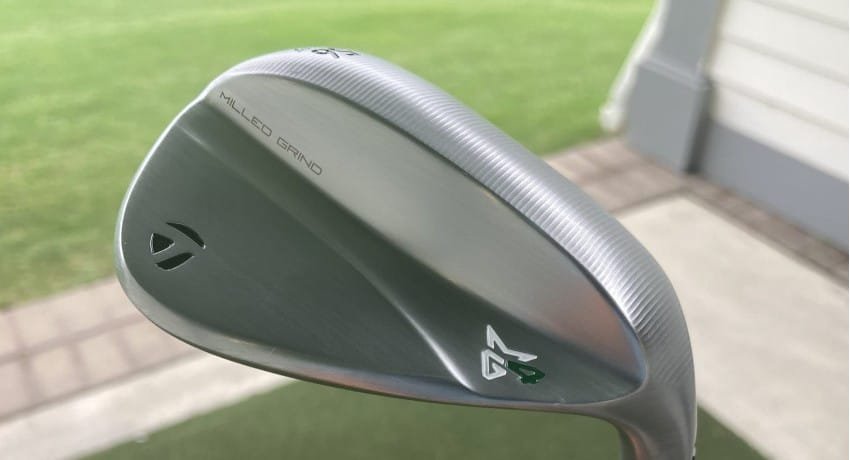
The number one reason to use a 56-degree wedge is the loft. (Loft is your friend.)
The loft, groove design, and bounce combine to create a higher shot and more spin. It is easy to control and stop on the green.
When I put a 56-degree wedge in my hand, the two things I ask myself are…
- What do I have to go over or clear? (ie. water, sand, rough, irrigation covers etc.)
- How much green do I have to work with?
It has enough loft to clear most obstacles. When green space is limited, it also helps to stop the ball.
Pro Tip: Choose your pitching wedge if you have nothing to clear and I have green to work with.
Sand Wedge vs. 56 Degree Wedge? Is There a Difference?
A 56-degree wedge is a sand wedge. (Though, sand wedge lofts range from 54 to 58 degrees)
For golfers with a 50 – 52-degree gap wedge, the 56 makes for a great club selection.
Don’t assume your sand wedge is 56 degrees, check the loft.
Checklist To Decide if a 56 Degree Wedge is the Right Choice
As I mentioned, many amateur players overuse the 56. They too often see using it as the best option for greenside play)
It’s not.
Things to consider before taking it out of your bag.
Distance
The sand wedge is not a club you want to push when it comes to distance. Check your yardage. If you have to try and “go after it”, move to a different club.
Use it for most shots from 100-yard and in. (Especially in the 40-80-yard range)
Check The Lie

You can hit a 56-degree wedge from any lie.
From tight lies: The pitching wedge (or other low-lofted club) may be a better choice if your sand wedge has a lot of bounce.
Hitting out of the rough and sand: Your 56 wedge is a great choice.
Analyze the Green
Very little green to work with: Use your 56. It creates plenty of spin, gives you more control, and stops quickly.
For greens with a lot of slope: Your 56-degree wedge gives you more accuracy for better placement. (Think precision, placement, and control)
Check The Wind
It’s hard to keep your ball flight down with a 56-degree wedge. Choose a lower lofted wedge or iron for this shot on your approach.
What About Bounce?
The more bounce you have, the easier it is to play shots from soft conditions. Hardpan or tight lies benefit more from the low bounce wedge.
Pros and Cons of the 56 Degree Wedge
As long as you choose to play the 56 at the right time, from the correct lie, it mostly has positive results.
Pros
- Used from a variety of lies.
- High loft to stop the ball
- Cuts through the rough with ease
- Lands softly
Cons
- Not the most forgiving club in the bag
- It can be challenging to control flight
- Tight lies are tough
56 Degree Wedge Distance for Men
The average male golfer hits their 56-degree sand wedge 80 and 100 yards.
A blade-style wedge like the Titleist Vokey won’t fly as far.
Wider sole 56-degree wedges that match the iron set, may go further.
| Swing Speed Type | Estimated Carry Distance |
| Professional Golfer | 115 – 135 yards |
| Fast Swing Speed | 100 – 120 yards |
| Average Swing Speed | 80 – 100 yards |
| Slow Swing Speed | 60 – 80 yards |
56 Degree Wedge Distance for Women
The average female golfer hits their sand wedge between 55 to 70 yards. (The 60-65 yard range is most comfortable for most women).
Again, blade-style wedges don’t usually carry as far as cavity back wedges.
| Swing Speed Type | Estimated Carry Distance |
| Professional Golfer | 90 – 110 yards |
| Fast Swing Speed | 70 – 90 yards |
| Average Swing Speed | 55 – 75 yards |
| Slow Swing Speed | 40 – 60 yards |
Final Thoughts on When to Use a 56 Degree Wedge
Knowing when to use a 56 degree wedge is important because it can save you strokes out on the golf course.
Using the 56 degree too much can lead to unnecessary errors.
You may give up control if you don’t use the 56 degree enough.
I hope you feel a little more confident about using your 56 degree wedge. Let us know in the comments what your favorite shot with this wedge is.
If you want to check out some of my favorite 56 degree wedges, take a look at the ones I tested this season.

